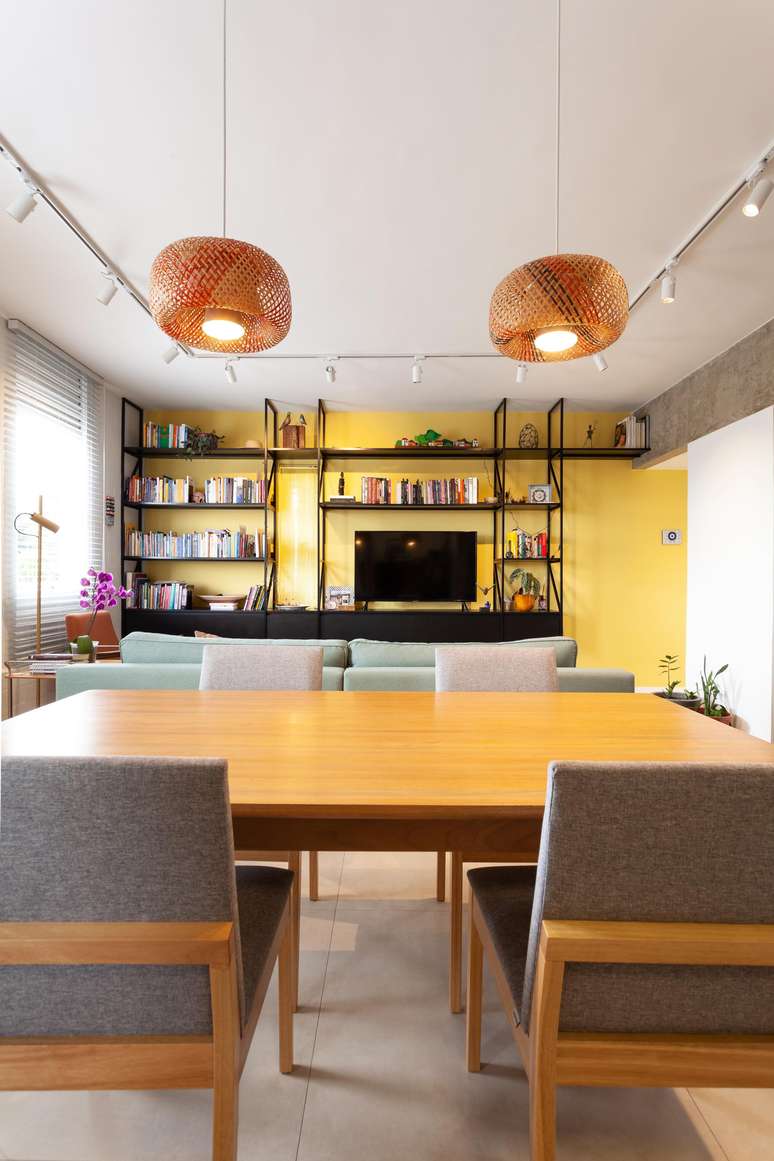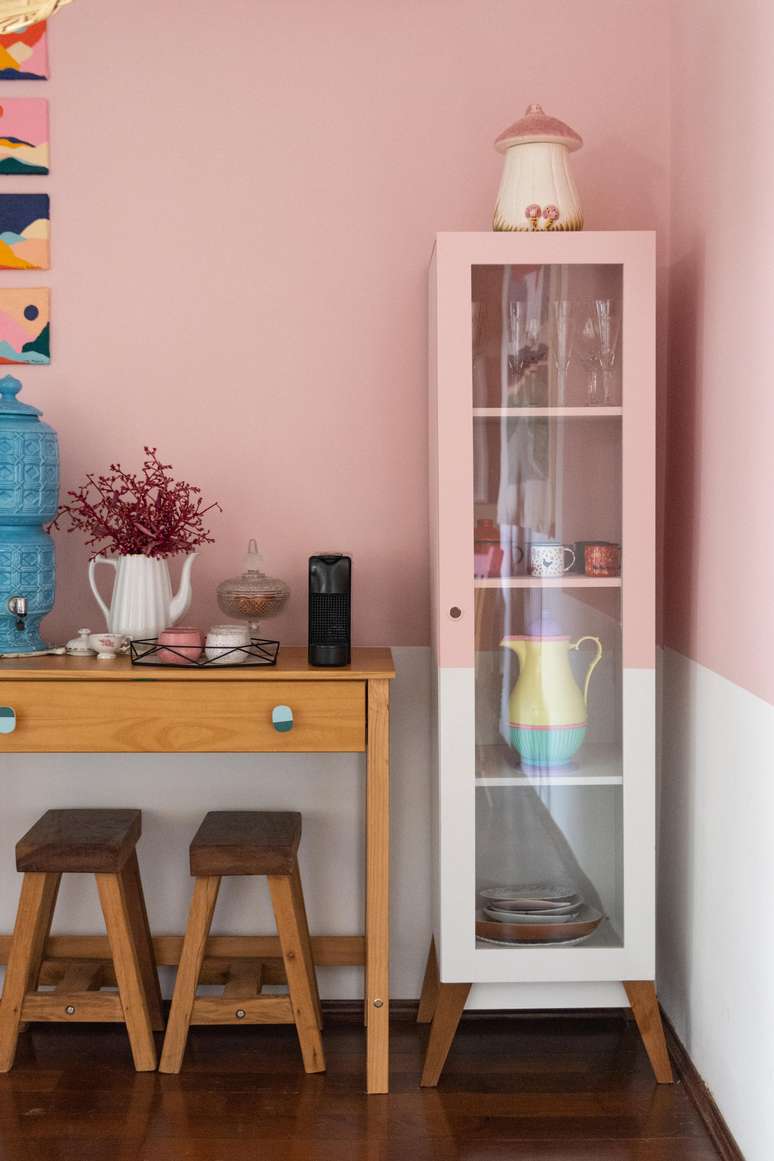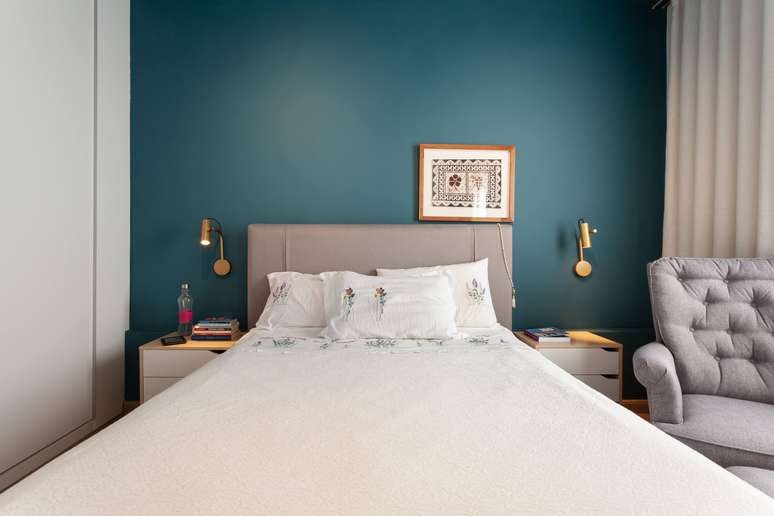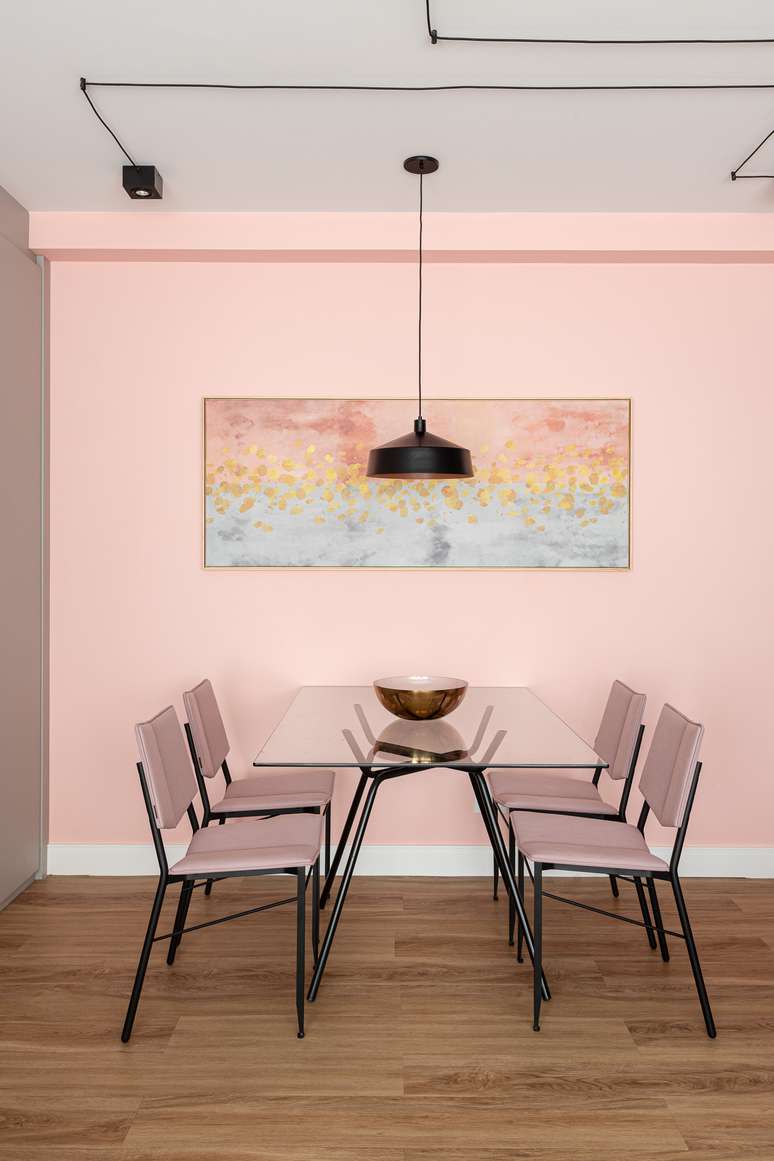Find out what to consider to purchase the ideal amount of paint for your painting, avoiding waste
If you’re thinking about repainting a room or even your entire house, one of the biggest questions you may have is: how much paint will I need? Choosing the perfect color is only half the battle, after all, when it comes to painting projects, one of the most common challenges is calculating the appropriate amount of paint needed to complete the task without waste.
To assist at this time, subject matter specialist André Nogueira – Applied Development Coordinator and spokesperson for Qualyvinil, has prepared useful advice and tips.

Step 1: Evaluate the surface to be painted
The first step is to evaluate the surface you intend to paint. This includes calculating the total area that will be covered by the paint. Measure the height and width of the walls or surface in question. Keep in mind that in some situations, such as sloped ceilings or areas with a lot of cutouts, a more precise calculation may be necessary.

Step 2: Consider porosity and surface texture
A porosity and consistency of the surface can significantly influence the amount of paint needed. More porous surfaces, such as concrete, may require more paint than smoother surfaces. Consider this feature when making your calculations.
Step 3: Measure the area to be painted:
First of all you need to know how many square meters the room you want to paint has. For what:
- Measure the height and width of each wall.
- Multiply the height by the width to get the area of each wall.
- Add all the areas to get the total area to be painted.
- Remember to discount the door and window areas.

Step 4: Consider the number of hands:
Normally, at least two coats of paint to obtain a uniform finish. However, if your current wall color is much darker than the color you chose, you may need to apply a third coat.
Step 5: Check coverage per gallon of paint
Each brand of paint will have coverage per liter specified on the product label. This indicates how many square feet a can of paint will cover in a single coat. To calculate the quantity of paint needed, divide the total surface area to be painted by the yield per liter of the chosen paint.
Paint Quantity = Total Area/Coverage per litre

Step 6: Consider additional factors
In addition to the steps mentioned above, consider additional factors such as paint dilution (if necessary), the loss of paint during application and reserve paint for future touch-ups. These factors may vary depending on your personal experience and specific project conditions.
If there is any paint left after the project, make sure it is they can be recycled or donated to avoid waste. “It is important to choose the right paint for each environment, external and internal areas have different needs, due for example to natural factors. Furthermore, before purchasing the total quantity of paint needed, do a color test on a small area to make sure that the color is the desired one”, concludes André.
Source: Terra
Ben Stock is a lifestyle journalist and author at Gossipify. He writes about topics such as health, wellness, travel, food and home decor. He provides practical advice and inspiration to improve well-being, keeps readers up to date with latest lifestyle news and trends, known for his engaging writing style, in-depth analysis and unique perspectives.








